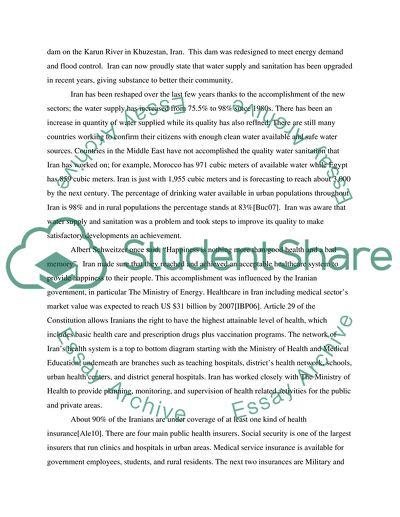Cite this document
(Water Supply, Healthcare, and Sanitation in Iran Research Paper, n.d.)
Water Supply, Healthcare, and Sanitation in Iran Research Paper. Retrieved from https://studentshare.org/systems-science/1762353-islamic-republic-of-iran
Water Supply, Healthcare, and Sanitation in Iran Research Paper. Retrieved from https://studentshare.org/systems-science/1762353-islamic-republic-of-iran
(Water Supply, Healthcare, and Sanitation in Iran Research Paper)
Water Supply, Healthcare, and Sanitation in Iran Research Paper. https://studentshare.org/systems-science/1762353-islamic-republic-of-iran.
Water Supply, Healthcare, and Sanitation in Iran Research Paper. https://studentshare.org/systems-science/1762353-islamic-republic-of-iran.
“Water Supply, Healthcare, and Sanitation in Iran Research Paper”, n.d. https://studentshare.org/systems-science/1762353-islamic-republic-of-iran.


